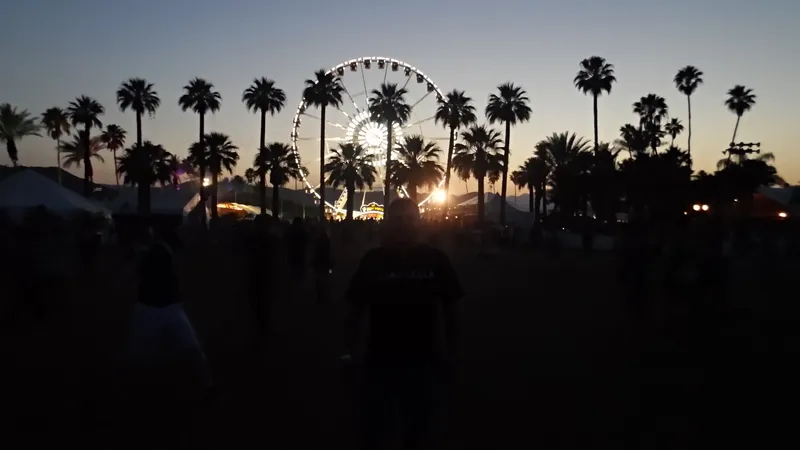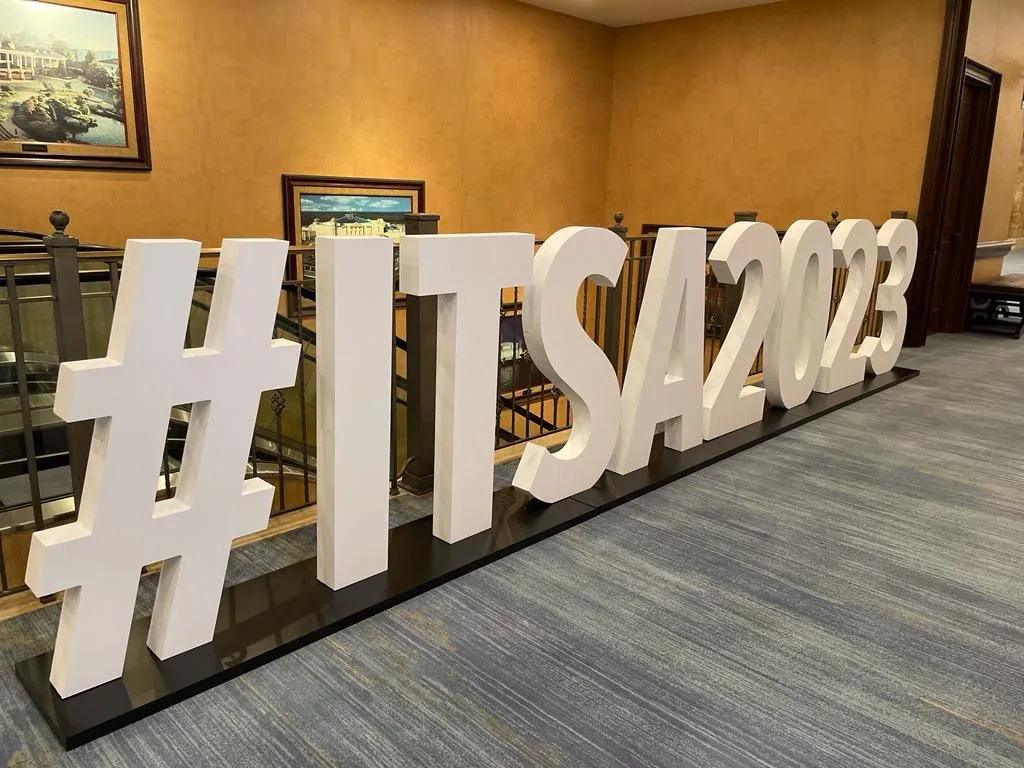
Yunex Traffic is deploying 230 RSU2X connected vehicle roadside units (RSUs) as part of the second phase of a safety-focused smart road project in California.
This is in addition to 140 RSUs installed during phase one of the Coachella Valley Association of Government’s (CVAG) Smart Traffic Region.
The collaboration with partners Advantec Consulting Engineers, Western Systems, and Crosstown Electrical & Data, this creates one of the largest RSU installations in the US, says Yunex.
The region hosts a professional tennis tournament, plus the annual Coachella music and arts festival, which will attract more than 600,000 people in April 2024.
“We are planning to have our RSUs up and operating before the festival,” said Iouri Nemirovski, Yunex Traffic’s US field device product manager.
“The Coachella Valley and its nine cities are unique with massive influxes and egresses, set against relatively quiet traffic periods. It’s the perfect venue to showcase advanced traffic management and connected vehicle technology. We’re delighted to be part of this effort to create a smart region.”
CVAG is able to measure trip times from connected vehicles, which enables precise signal timing and implementation of traffic measures to enhance road safety.
Yunex’s Yutraffic Concert platform will be integrated into the main advanced traffic control system to control the RSUs, which means they will be able to send targeted traveller information messages to any vehicle with an on-board CV unit.
The smart region will ultimately cover arterial roads, and through a partnership with California state transportation agency Caltrans, the region’s freeways too.
The third phase of the project is still to be outlined, but Nemirovski says the RSU groundwork in phases one and two positions the region for more advanced connectivity.
“Once the network of RSUs is installed they’ll be able to implement signal priority for transit and emergency vehicles as well as roll out vulnerable user safety with crosswalk detection and notification, among many other initiatives.”
Coachella Valley will provide a "template for the smart region of the future", he says.










